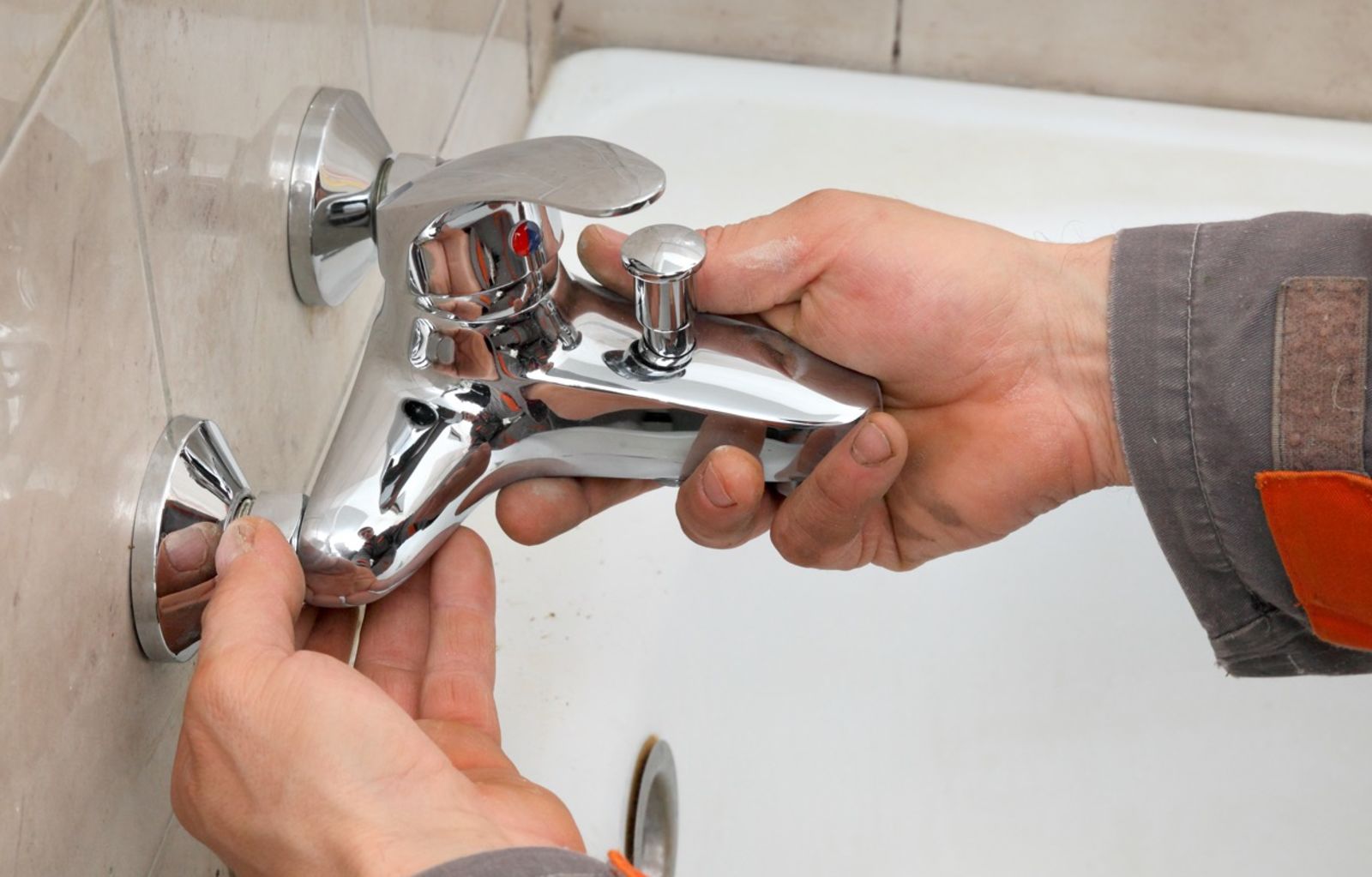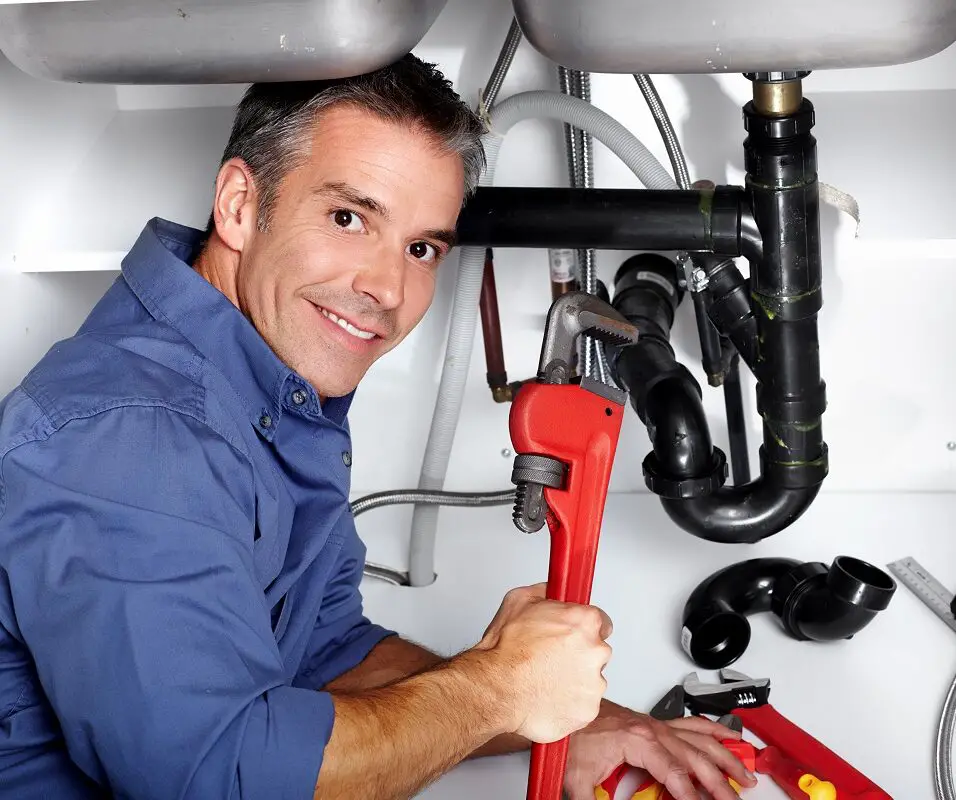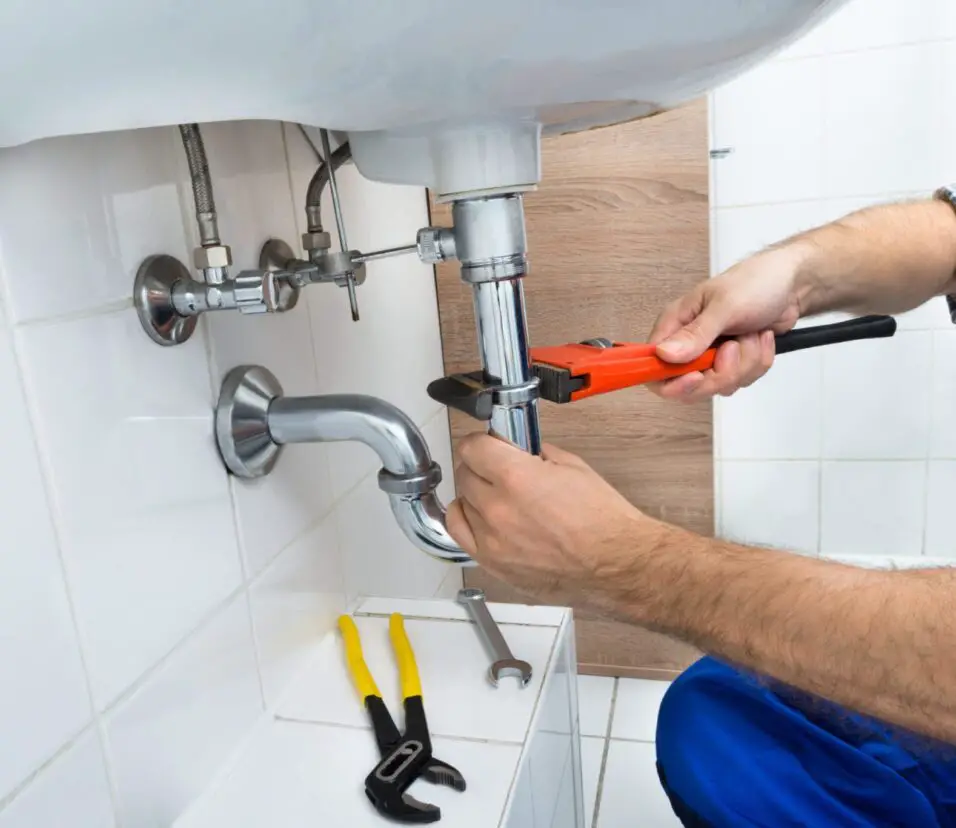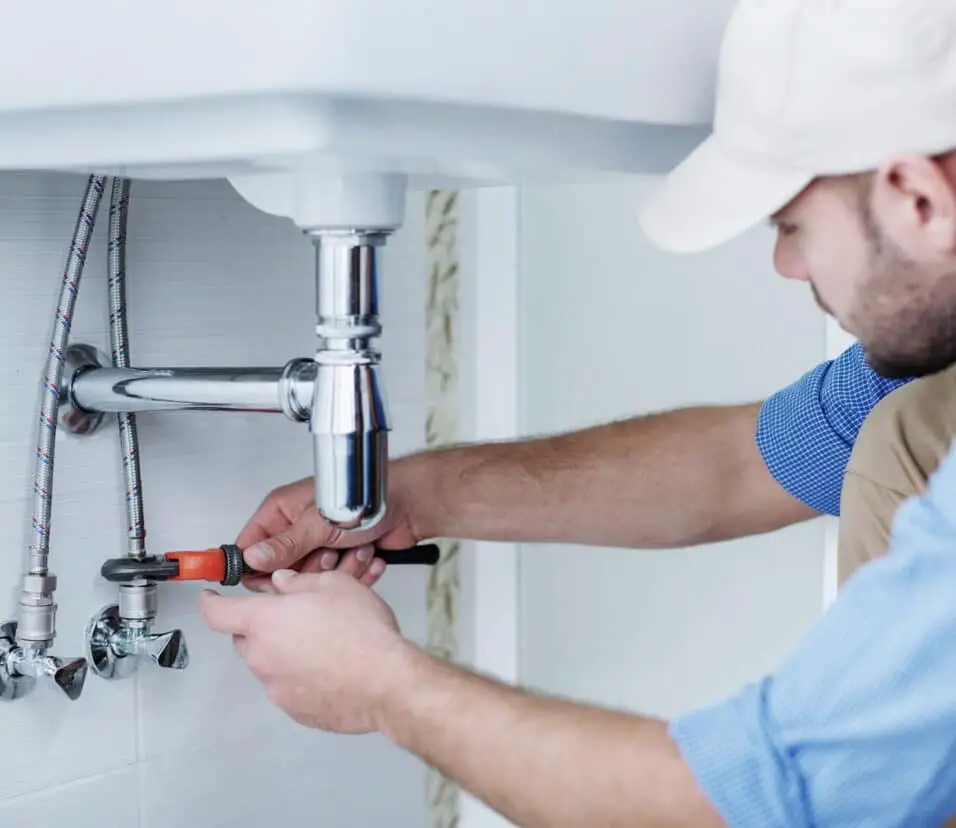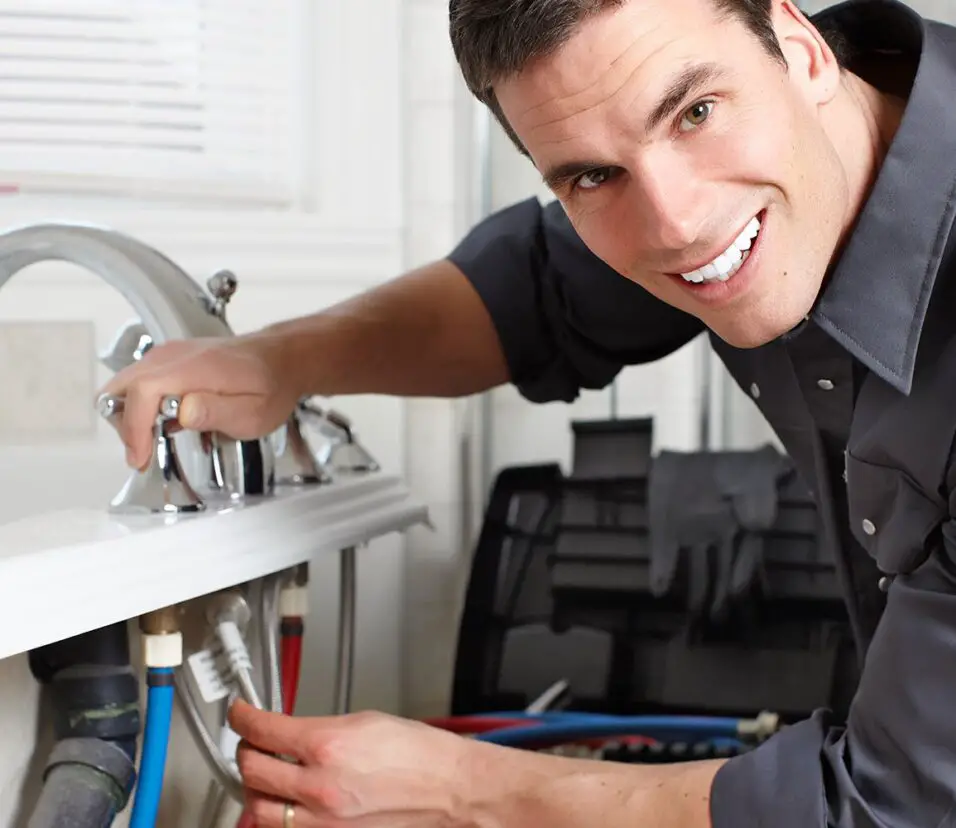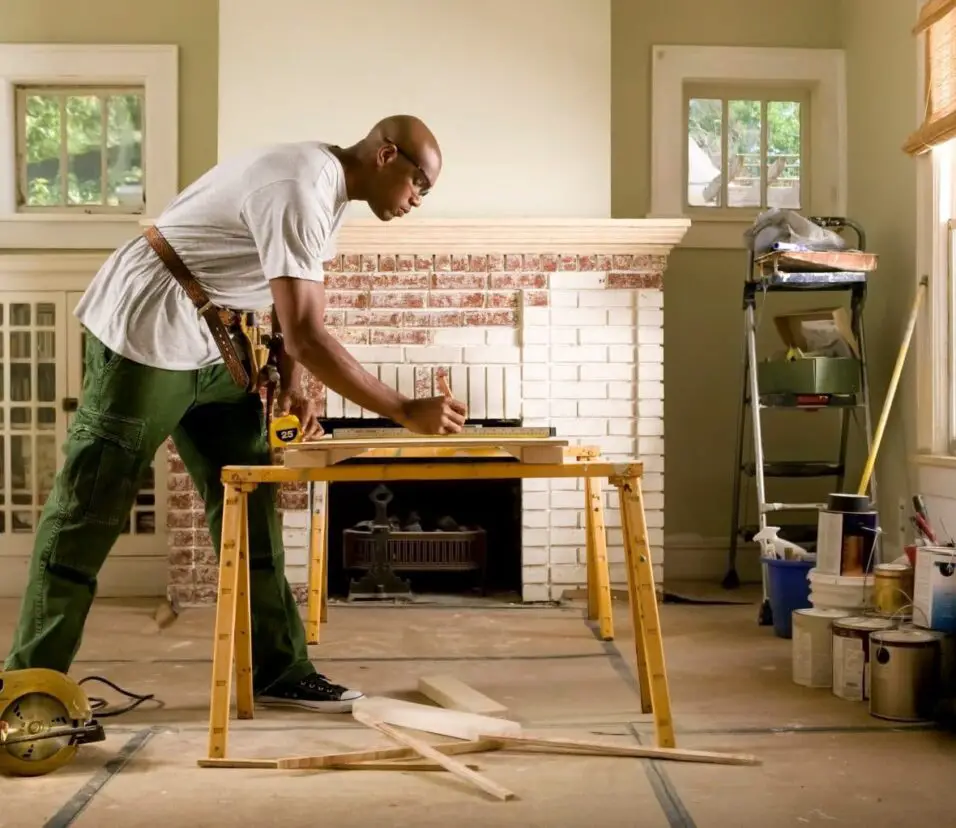What Are Plumbing Fixtures
Introduction
What Are Plumbing Fixtures: They distribute and control liquid flow through the plumbing system. These fixtures provide clean water for drinking, cooking, and bathing and waste and sewage disposal in homes, offices, and other facilities.
Plumbing fittings vary by purpose and location. Sinks, toilets, bathtubs, showers, faucets, and urinals are plumbing fixtures. To satisfy consumers, these fixtures are robust, easy to use, and attractive.
A network of pipes supplies water to each plumbing fixture and drains trash and sewage. Plumbing for fresh and waste water is run through copper, plastic, or cast-iron piping that runs throughout the building. Controlling water pressure and temperature is the job of plumbing fittings like valves and handles.
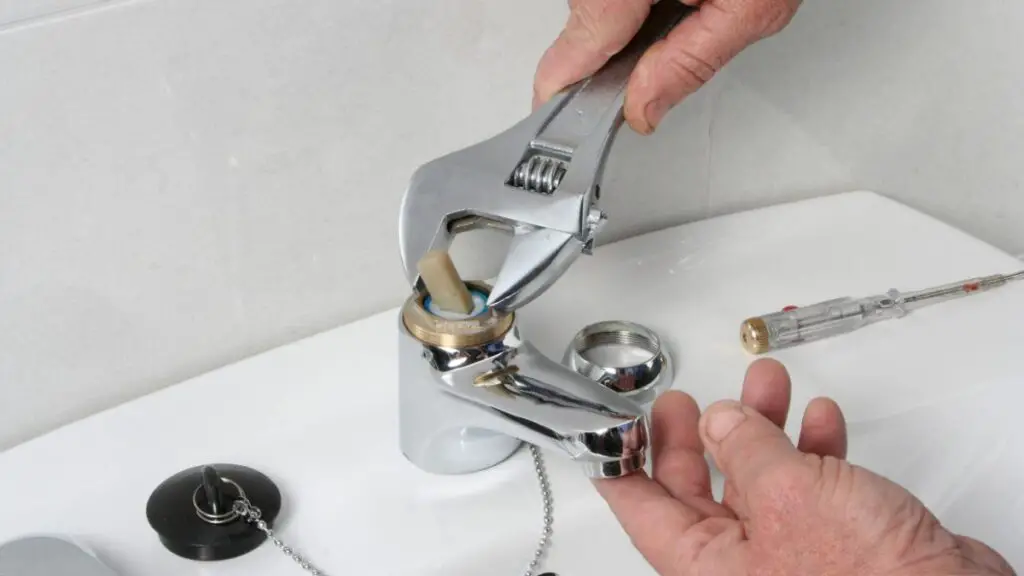
What Is Considered A Plumbing Fixture?
The most common plumbing fixtures are faucets, sinks, bathtubs, showers, and toilets. Each fixture should have a shut off valve, or stop valve, installed for each water supply line that leads to the fixture.
Fixtures in the plumbing system are objects that serve a crucial role. Structures incorporate waste management and water purifying technologies. There’s a wide variety of plumbing fittings out there, and they all do something different and meet different purposes.
Sinks, toilets, tubs, showers, faucets, and urinals are all examples of basic plumbing fixtures. Porcelain, stainless steel, and acrylic are just a few examples of the long-lasting materials used to create these fittings. They are sturdy constructions that can take on lots of work and complete their objectives without fail.
The purpose of sinks is to provide a place to clean one’s hands, dishes, and other items with running water. They come in a wide range of sizes and types and can be located in the kitchen, bathroom, or utility area. Faucets at sinks regulate water flow and allow for temperature customization.
Toilets are another common plumbing equipment in both homes and workplaces. They are used for waste disposal since debris may be easily flushed away thanks to their shape. Different types of toilets, such as those that use gravity, pressure, or both, have different ways of flushing and conserving water.
What Are Plumbing Fixtures Used For?
Plumbing fixtures are devices or components that are connected to a plumbing system to deliver and drain water. They serve various purposes in residential, commercial, and industrial settings, such as providing water for drinking, washing, bathing, and waste disposal.
Plumbing fixtures are used for a variety of purposes in residential, commercial, and industrial settings. They play a crucial role in providing access to clean water and facilitating the disposal of waste and sewage. Here are some of the primary uses of plumbing fixtures:
Water supply
Plumbing fixtures such as sinks, faucets, and showers disperse water for multiple purposes, including but not limited to human consumption, food preparation, dishwashing, & personal hygiene. They ensure a convenient and reliable water supply to meet daily needs.
Waste disposal
The purpose of plumbing fixtures like toilets, urinals, & floor drains is to collect and transport waste and sewage away from a building. They connect to a drainage system that carries the waste away from the building, promoting cleanliness and sanitation.
Hygiene and cleanliness
Showers, bathtubs, and sinks enable individuals to maintain personal hygiene and cleanliness. They provide a means for bathing, handwashing, and other cleaning activities, helping to prevent the spread of germs and bacteria.
Convenience and comfort
Plumbing fixtures enhance the overall convenience and comfort of living and working spaces. They allow for easy access to water and enable efficient tasks such as washing clothes, dishes, or hands. Fixtures like bathtubs and whirlpool baths provide relaxation and comfort after a long day.
Aesthetics
Plumbing fixtures are not just functional but also contribute to the aesthetics of a space. Stylish faucets, sinks, and showers can add beauty and elegance to bathrooms and kitchens, enhancing the overall design and ambiance.
Water conservation
These days, you can get a lot of plumbing fittings that are also eco-friendly. Low-flow toilets, water-efficient faucets, and showerheads help reduce water usage without compromising performance. These fixtures play a vital role in sustainable living and environmental conservation.
What Are The Advantages Of Fixtures?
The fixture also reduces the loading, unloading, and fixing the time of the workpiece, which significantly reduces the non-productive hours. Fixtures are used for milling, turning, and grinding operations. To ensure proper alignment and hold of parts, fixtures can include a variety of locating components.
There are several ways in which plumbing fittings improve the efficiency, usefulness, and livability of a building or facility. Here are some key advantages of fixtures:
Access to clean water
Plumbing fixtures provide access to clean and safe water for various purposes, such as drinking, cooking, and bathing. This ensures that individuals have a reliable and convenient water supply to meet their daily needs and maintain good hygiene.
Waste disposal
The purpose of plumbing fixtures like toilets & urinals is to flush waste and sewage away from buildings.They connect to a drainage system that safely and effectively disposes of waste, promoting cleanliness and sanitation.
Convenience and efficiency
Plumbing fixtures make daily tasks more convenient and efficient. Sinks and faucets allow for easy access to water, making activities like washing hands, dishes, and clothes quicker and more manageable. Showers and bathtubs provide a convenient means for bathing and personal hygiene.
Improved aesthetics
Plumbing fixtures come in many types, patterns, and finishes, allowing people to match their spaces. Bathrooms and kitchens look better with stylish faucets, sinks, and showers.
Water conservation
Many modern fixtures are designed with water-saving features. Low-flow toilets, water-efficient faucets, and showerheads help reduce water consumption without compromising performance. This not only helps conserve water but also contributes to lower water bills and promotes environmental sustainability.
Comfort and relaxation
Fixtures like bathtubs, whirlpool baths, and showers provide comfort and relaxation. They offer individuals a means to unwind and rejuvenate after a long day, promoting overall well-being and stress relief.
Safety features
Plumbing fixtures often incorporate safety features to prevent accidents or injuries. Anti-scald faucets and shower valves regulate water temperature to prevent burns, while grab bars in showers and near toilets provide support and stability for individuals with mobility issues.
Why Are Plumbing Fixtures Important?
Plumbing fixtures or fittings include a wide range of plumbing hardware such as pipes, faucets, and the joints that connect these fixtures. Ensuring that these fixtures are in the best condition is important to ensure an uninterrupted water supply and properly functioning drainage system.
Plumbing fixtures are of utmost importance for several reasons. They play a vital role in ensuring the proper functioning and usability of a plumbing system, as well as promoting hygiene and overall well-being. Here are some reasons why plumbing fixtures are important:
Access to clean water
Plumbing fixtures provide access to clean and safe water for drinking, cooking, and personal hygiene. Clean water is essential for maintaining good health and preventing the spread of waterborne diseases.
Waste disposal
Plumbing fixtures such as toilets and urinals facilitate the efficient and proper disposal of waste and sewage. Without these fixtures, waste would accumulate, leading to unhygienic conditions and potential health hazards.
Convenience and functionality
Plumbing fixtures make daily tasks more convenient and efficient. Sinks, faucets, and showers allow for easy access to water, making activities like washing hands, dishes, and clothes quicker and more manageable.
Hygiene and cleanliness
Plumbing fixtures contribute to maintaining good hygiene and cleanliness. Showers, bathtubs, and sinks provide means for bathing and personal hygiene, ensuring individuals can keep themselves clean and refreshed.
Safety
Plumbing fixtures often incorporate safety features to prevent accidents or injuries. For example, anti-scald faucets regulate water temperature to prevent burns, while grab bars in showers and near toilets provide support and stability for individuals with mobility issues.
Aesthetics and comfort
Plumbing fixtures enhance the aesthetics and overall comfort of spaces. Stylish faucets, sinks, and showers can elevate the visual appeal of bathrooms and kitchens, creating a more pleasant environment. Additionally, fixtures like bathtubs and whirlpool baths provide comfort and relaxation.
Water conservation
Many contemporary plumbing fixtures incorporate water-saving technologies, which not only benefit the environment but also the wallet. Low-flow toilets, water-efficient faucets, and showerheads ensure efficient water usage without compromising performance.
Overall functionality of the plumbing system
Plumbing fixtures are integral components of a plumbing system, and their proper installation and maintenance are crucial for the system’s overall functionality. Without these fixtures, the plumbing system would not be able to provide the necessary water supply and waste disposal.
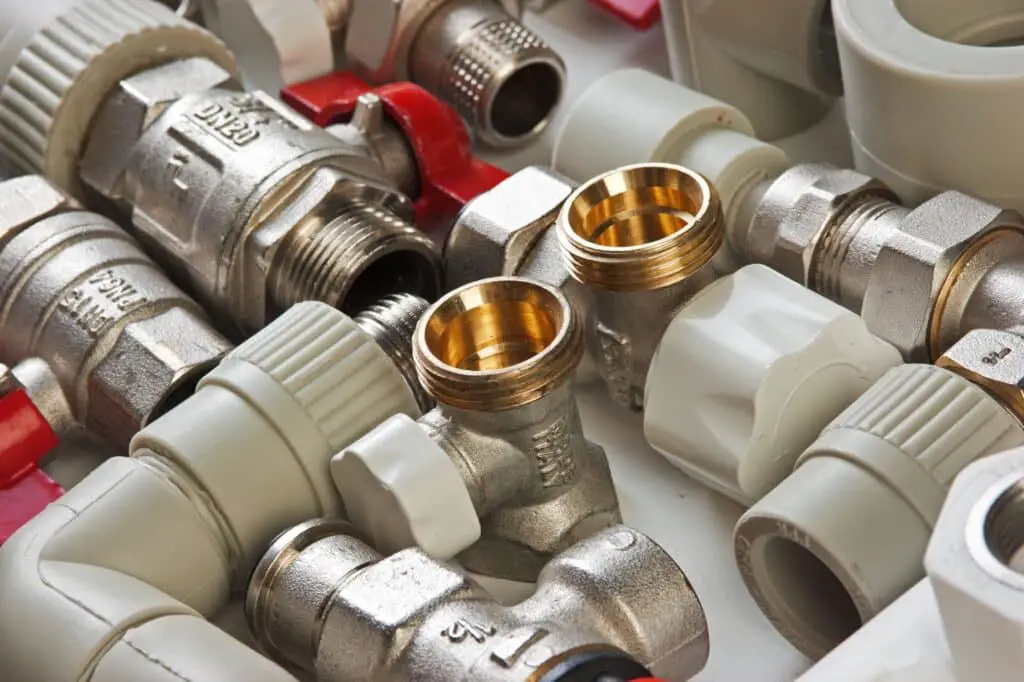
What Is The Use Of Plumbing?
Plumbing, system of pipes and fixtures installed in a building for the distribution and use of potable (drinkable) water and the removal of waterborne wastes. It is usually distinguished from water and sewage systems that serve a group of buildings or a city.
The use of plumbing is essential in our daily lives for a variety of purposes. A well-functioning plumbing system should offer potable water and allow for the easy removal of trash and wastewater. Here are some key uses of plumbing:
Water supply
Plumbing systems are responsible for delivering clean and safe water to homes, offices, and other buildings. The pipes, valves, and fixtures in a plumbing system work together to distribute water for drinking, cooking, bathing, and other household needs.
Waste removal
Buildings require plumbing systems to maintain the smooth flow of waste and sewage. This prevents the accumulation of waste, promotes cleanliness, and prevents the spread of diseases and odors. Pipes and sprinklers water lawns, gardens, and farms, insuring plant growth.
Climate control
Plumbing systems heat and cool buildings. Radiators, baseboard heaters, and air conditioning units use water for condensation and cooling.
Fire protection
Sprinklers & fire hydrants are just two examples of plumbing fixtures used in fire safety systems. These systems help control and extinguish fires in buildings, minimizing damage and ensuring the safety of occupants.
Industrial processes
Manufacturing, cooling, cleaning, & fluid transmission are just a handful of the many uses for plumbing in industrial environments.
Sustainable practices
Plumbing systems can be used to perform eco-friendly procedures. For example, rainwater harvesting systems can collect and store rainwater for later use, reducing reliance on municipal water supplies. Plumbing fixtures with water-saving features also contribute to water conservation efforts.
What Is A Plumbing Work?
Plumbing work means the installation, alteration, extension, replacement, repair or maintenance of any plumbing, piping, fixtures, devices, appliances and appurtenances in connection with sanitary drainage or storm drainage system, the attendant vent systems and water supply systems, within or adjacent to any building.
Plumbing work refers to the installation, repair, and maintenance of plumbing systems in residential, commercial, and industrial buildings. It involves various tasks related to the supply and distribution of water, as well as the disposal of waste and sewage. Plumbing work is essential for ensuring the proper functioning of plumbing systems and the availability of clean water for various purposes. Here are some key aspects of plumbing work:
Installation
Plumbing work involves the installation of plumbing systems in new constructions or during renovations. This includes laying out pipes, fittings, and fixtures according to the building’s design and requirements. Plumbers need to understand building codes and regulations to ensure compliance and safety during installation.
Water supply
Plumbing work focuses on ensuring the proper supply of clean water to different parts of the building. This includes connecting the main water line to the building, installing pipes, valves, and meters, and routing the water supply to sinks, showers, toilets, and other fixtures.
Drainage and waste disposal
Plumbing work also deals with the proper disposal of waste and sewage. Plumbers install drain lines and sewage pipes, as well as connect them to the main sewer line or septic system. They ensure proper drainage to prevent clogs and backups, maintaining a healthy and sanitary environment.
Repairs and maintenance
Plumbing work includes diagnosing and fixing plumbing issues that may arise, such as leaks, clogs, or faulty fixtures. Plumbers use tools and techniques to repair or replace damaged pipes, valves, or fixtures. The plumbing system receives routine maintenance to extend its life and head off any possible issues.
Plumbing fixtures
Plumbers work with various plumbing fixtures, such as sinks, faucets, toilets, showers, and bathtubs. They install, repair, or replace these fixtures to ensure they function properly and meet the needs of the building occupants.
Emergency services
Plumbing work often involves responding to emergency situations, such as burst pipes or sewer backups. Professional plumbers know how to respond to these sorts of emergencies in a way that minimizes damage and gets systems back up and running as soon as possible.
Are Plumbing Fixtures Interchangeable?
Plumbing fixtures can be interchangeable to a certain extent, but it ultimately depends on the specific fixture and the plumbing system in which it is installed. Here are some factors to consider when it comes to the interchangeability of plumbing fixtures:
Size and fitting
Plumbing fixtures come in different sizes and have specific fittings to connect to the plumbing system. The compatibility of a fixture with the existing plumbing system depends on the size and type of fittings it requires. For instance, if your bathroom sink faucet has a common 1/2-inch connection, you can swap it out for another of the same size.
Mounting style
The mounting style of a plumbing fixture, such as wall-mounted or deck-mounted, also affects its interchangeability. The feasibility of using an alternative mounting method is contingent on variables like the existing piping setup and the available floor space.
Water flow and pressure
In order to function properly, plumbing fixtures have optimal water flow and pressure ranges. If the replacement fixture has significantly different flow and pressure requirements, it may not function properly or may require adjustments to the plumbing system.
Function and compatibility
Different plumbing fixtures have specific functions and may require specific connections or features. For example, toilets have different flushing mechanisms and may require specific connections to the drainage system. The compatibility of fixtures with the intended function and the existing plumbing infrastructure should be considered.
Aesthetics and design
Plumbing fixtures also contribute to the overall aesthetics and design of a space. If aesthetics are important, the interchangeability of fixtures may be limited by the desired style, finish, or design of the fixture.
It is important to consult with a professional plumber or contractor when considering the interchangeability of plumbing fixtures. They can assess the specific requirements of the plumbing system, advise on compatibility, and ensure proper installation and functionality.
Are There Any Safety Considerations For Plumbing Fixtures?
These considerations are important for both the well-being of individuals using the fixtures and the overall safety of the plumbing system. Here are some key safety considerations for plumbing fixtures:
Water temperature control
To prevent scalding, especially in showers and faucets used for bathing, it is crucial to have proper water temperature control mechanisms in place. Anti-scald devices and thermostatic mixing valves can regulate water temperature and prevent sudden increases in hot water flow, reducing the risk of burns.
Backflow prevention
Backflow is the unwanted reversal of water flow, which can lead to contamination of the water supply. It should be equipped with backflow prevention devices, such as backflow preventers or check valves, to ensure that contaminated water does not flow back into the main water supply.
Slip resistance
Safety considerations for plumbing fixtures, especially those used in showers and bathtubs, include providing slip-resistant surfaces and installing grab bars. These features help prevent slips and falls, especially in wet areas, and provide stability and support for individuals with mobility issues.
Ventilation
Adequate ventilation is essential in areas where plumbing fixtures are installed, such as bathrooms and utility rooms. Proper ventilation helps remove moisture, reduces the risk of mold and mildew growth, and improves air quality.
Electrical safety
Some plumbing fixtures, such as electric water heaters or whirlpool baths, may involve electrical connections. It is important to ensure that these fixtures are installed and grounded correctly, following electrical safety guidelines and regulations, to prevent electrical hazards.
Proper installation and maintenance
Plumbing fixtures should be installed and maintained by qualified professionals who adhere to safety standards and codes. Proper installation, regular inspections, and prompt repairs are crucial for preventing leaks, reducing the risk of water damage, and ensuring the overall safety of the plumbing system.
Child safety
When it comes to plumbing fixtures in households with children, additional safety measures should be taken. Childproofing devices, such as faucet covers or toilet locks, can be installed to prevent accidents or injuries.
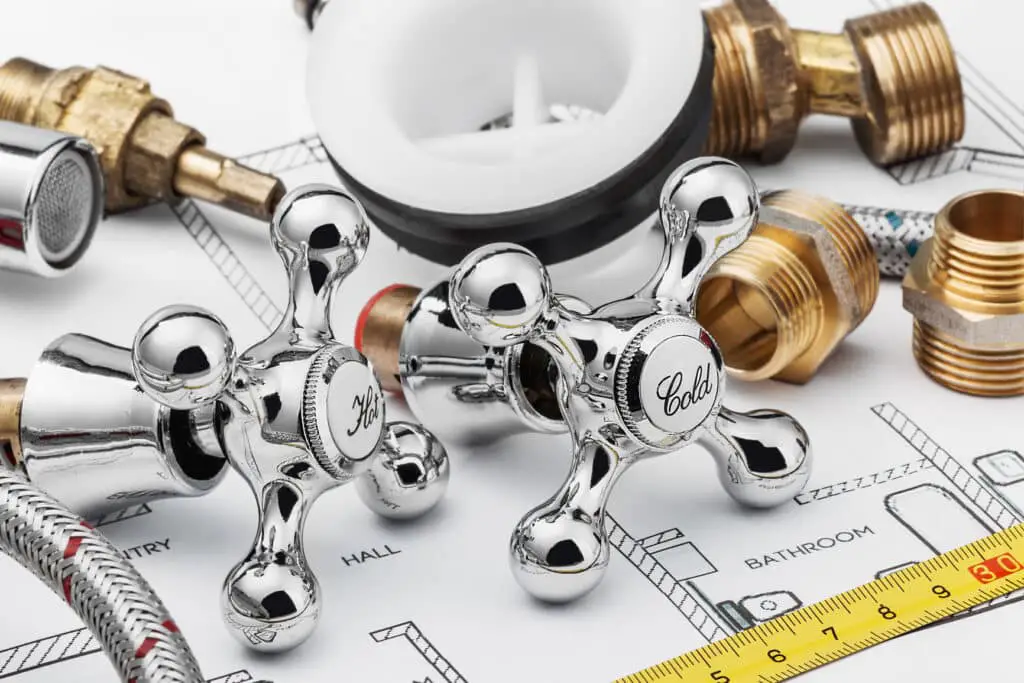
Conclusion
Plumbing fixtures are essential components of any plumbing system. They are devices that are connected to the plumbing system and are used to distribute and control the flow of water or other liquids. Plumbing fixtures play a crucial role in providing access to clean water for drinking, cooking, and bathing, as well as facilitating the proper disposal of waste and sewage.
Plumbing fixtures come in various types, including sinks, toilets, bathtubs, showers, faucets, and urinals. These fixtures are designed to be durable, easy to use, and aesthetically pleasing. They are installed in homes, offices, commercial buildings, and other structures to provide essential amenities and improve the overall comfort and convenience of the space.
Plumbing fixtures are connected to a network of pipes that supply water to the fixture and drain away waste and sewage. The proper installation and maintenance of these fixtures are essential to ensure their efficient operation and longevity. Regular inspections and repairs are necessary to address any leaks, clogs, or other issues that may arise over time.
Moreover, plumbing fixtures not only serve functional purposes but also contribute to hygiene and health. They provide a means for personal hygiene, such as bathing and handwashing, and help prevent the spread of bacteria and germs.



